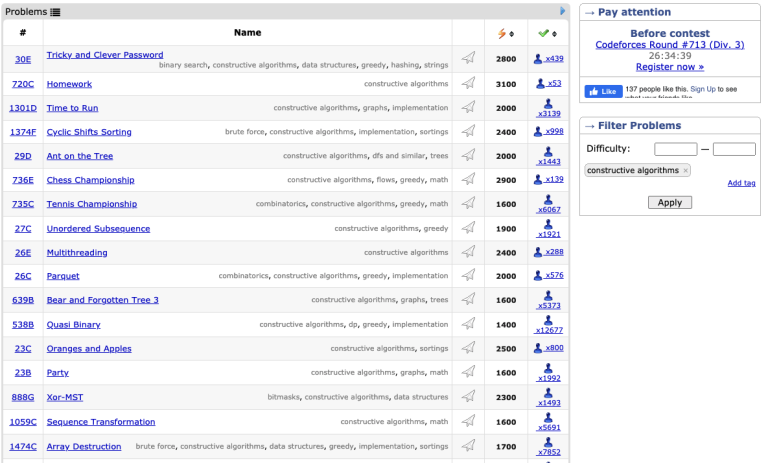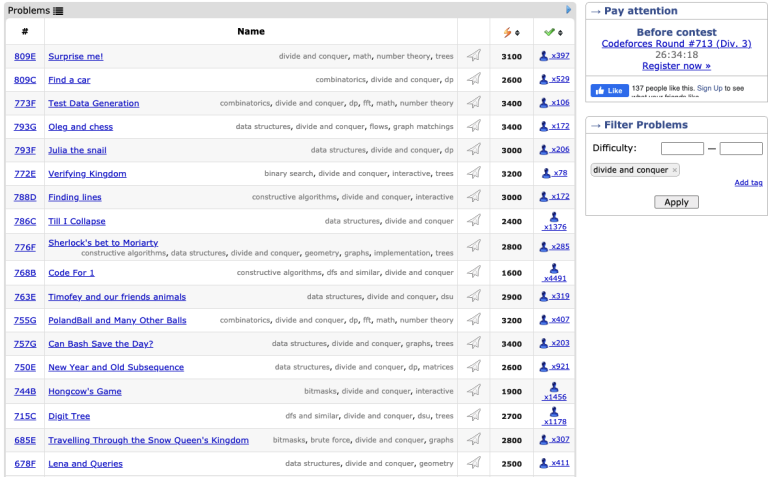I have been receiving some compile error: Idleness Limit Exceeded (Process hangs) on Kotlin 1.7.
Here are a some submissions that got this verdict; 255101271, 255116970, 255117872
Sometimes, the code submit are quite long and convoluted. It is understandable if it takes too long to compile and results in CE. This would be an expected behaviour. Here are some codes that got such a verdict 254944230. 208298280. Usually, I may find myself with such verdicts if number of lines is exceeding 1000.
However, in the cases mentioned above, the code is only moderately long. Besides, they compile perfectly well in Kotlin 1.9 (e.g. one of the submissions 255102462, 255116875 , (side note: the first code will TLE on 1.9, demonstrating the need to submit it on 1.7)). Even though it is clear that shorter programmes are less likely to result in this verdict (255102439 shows one of the code managed to compile after removing unused functions), "Idleness Limit exceeded" definitely feels like something is not working right.
I am not sure if this issue had been around for some time (since the presence of kotlin 1.7) or is only here recently.
Additionally, in the case of "CE — Compilation time out", I would be able to receive the verdict within a minute or so. With the "CE idleness limit exceeded", it would take about 5 minutes to receive the verdict, which would be a serious issue during contests.
This issue is exclusive to Kotlin 1.7 on codeforces, the current 1.9 on codeforces is working totally fine.
It doesn't seem like the issue is due to particular chunks of codes, since they individually compile on 1.7.













